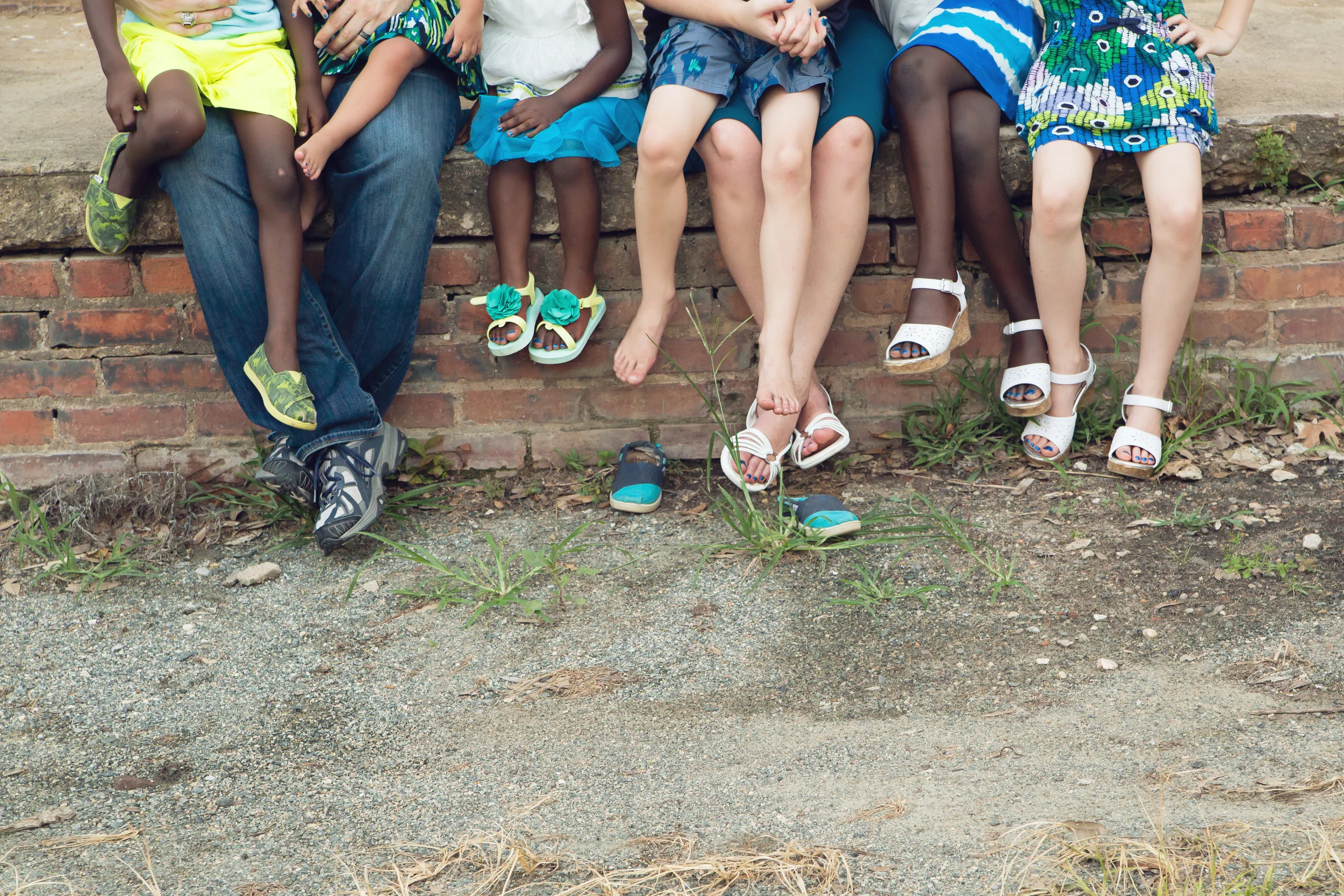See the person. See the image of God. See the handiwork. See the righteousness.
/
When God looks at me, he sees righteousness. I am a sinner but the biblical doctrine of imputed righteousness “teaches that the saving work of Christ includes not only his bearing the penalty for our sins, but also becoming a perfect righteousness for us that is imputed to us through our union with him” (Piper, Counted Righteous in Christ). This is based in large part on Romans 4 if you want to dig a little deeper; see also Genesis 15:6, Philippians 3:8-9, and Romans 5. The verse that speaks this most clearly to me, though, is 2 Corinthians 5:21:
Furthermore, the Bible is clear that we were made in God’s image (beginning in Genesis 1), knitted together by him (Psalm 139) with predetermined purposes (see these verses) before birth.
When we look at one another, we should not, therefore, be so wrapped up in what makes us different that we fail to see each other as Christ did and as God does. If someone has received salvation in Christ through faith, then he has been credited as righteous in Christ. Even those who reject Christ or don't know him yet are still intimately created by him and in his image.
See the person, not just the diagnosis. See the image of God, not just the disability. See the handiwork knitted by God’s own hands, not just the special needs.
We’re able to ignore people if we reduce them to a disability; we can’t do that if we see God in them.
“For our sake [God] made [Christ] to be sin who knew no sin, so that in him we might become the righteousness of God.”That’s what I mean when I say that when God looks at us He sees righteousness if we have received it by faith. Is it our own righteousness? Heavens, no! It is Christ’s.
Furthermore, the Bible is clear that we were made in God’s image (beginning in Genesis 1), knitted together by him (Psalm 139) with predetermined purposes (see these verses) before birth.
When we look at one another, we should not, therefore, be so wrapped up in what makes us different that we fail to see each other as Christ did and as God does. If someone has received salvation in Christ through faith, then he has been credited as righteous in Christ. Even those who reject Christ or don't know him yet are still intimately created by him and in his image.
See the person, not just the diagnosis. See the image of God, not just the disability. See the handiwork knitted by God’s own hands, not just the special needs.
We’re able to ignore people if we reduce them to a disability; we can’t do that if we see God in them.
